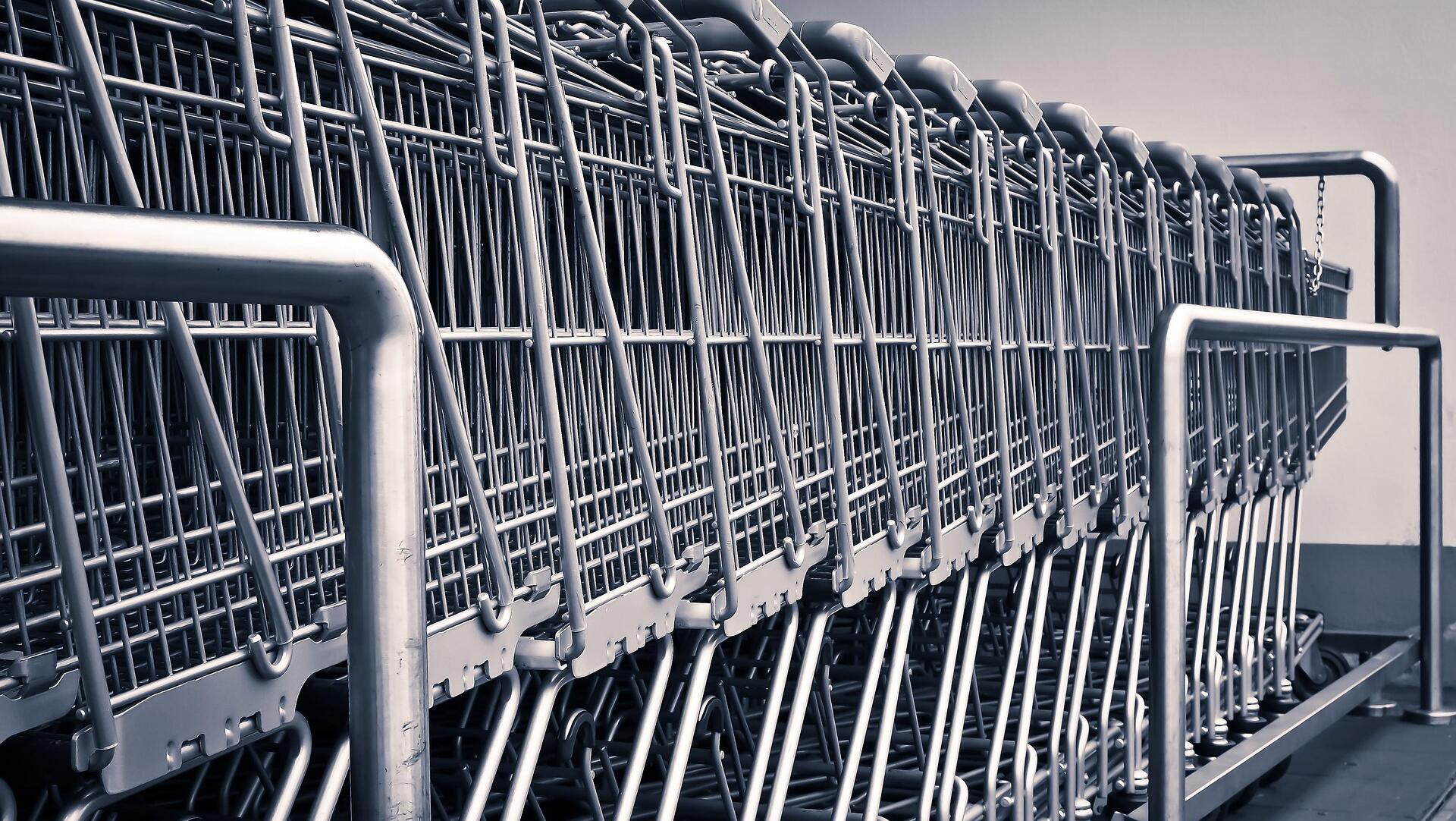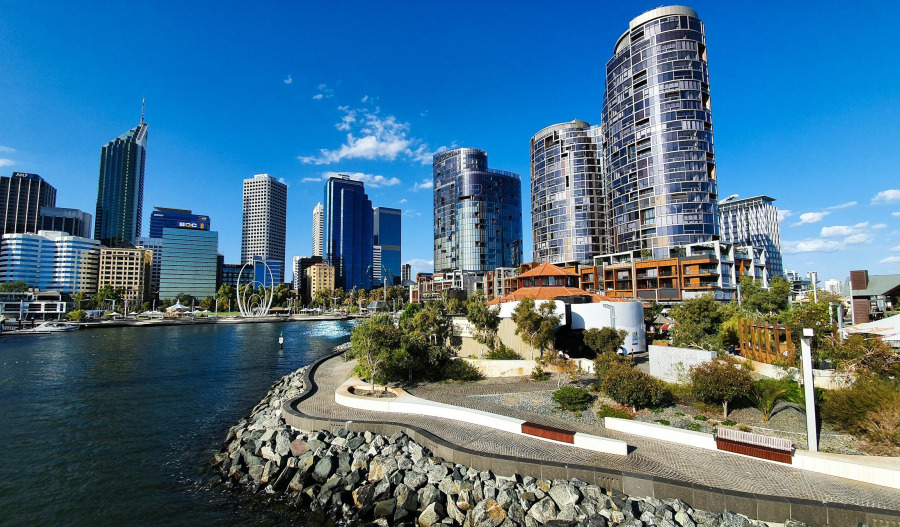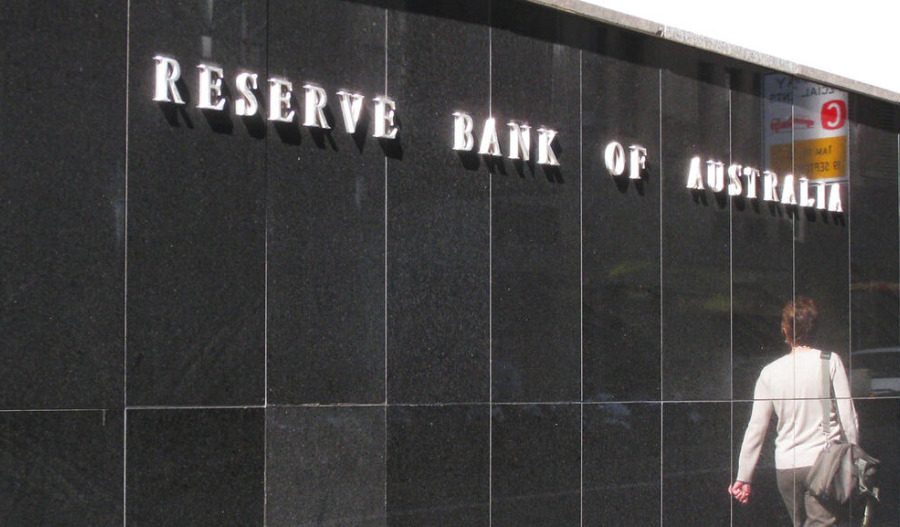Australia's annual inflation rate has eased to its lowest level in over four years, with the Consumer Price Index (CPI) rising 0.7% in the June 2025 quarter and 2.1% annually, according to the Australian Bureau of Statistics (ABS).
Michelle Marquardt, ABS head of prices statistics, said: “The CPI rose 0.7% in the June quarter, lower than the 0.9% rise in the March 2025 quarter.
“Annual inflation to the June 2025 quarter of 2.1% was down from 2.4% to the March quarter. This is the lowest annual inflation rate since the March 2021 quarter.”
Markets had expected a 0.8% quarterly increase and a 2.2% annual rise.
To better capture underlying price trends, the ABS also monitors trimmed mean inflation, which excludes extreme price movements.
“Trimmed mean annual inflation was 2.7% to the June quarter, down from 2.9% to the March quarter. Trimmed mean annual inflation remains higher than CPI inflation of 2.1%,” Ms Marquardt said.
Quarterly CPI Drivers
Key contributors to quarterly inflation included Housing, up 1.2%, Food and non-alcoholic beverages which added 1.0%, and Health, lifting 1.5%. A notable offset was the decline in Transport costs, down 0.7%.
Within Housing, electricity prices surged 8.1%, as households in Perth and Brisbane exhausted earlier rebates from federal and state government relief schemes.
“The second instalments of both the Commonwealth Energy Bill Relief Fund and State government rebates in Perth were used up by households in the previous quarter. This has meant higher out-of-pocket electricity costs this quarter as rebates have been used up,” the ABS stated.
Brisbane households continued to draw on Queensland’s $1,000 rebate.
“While electricity was up this quarter, it’s down 6.2% compared to 12 months ago as rebates remained in place for most capital cities,” said Ms Marquardt.
Food prices were led higher by fruit and vegetables, which rose 4.3%, due to seasonal supply constraints impacting items like strawberries, blueberries, grapes, tomatoes, and cucumbers.
Health costs rose 1.5% in the quarter, mainly due to a 2.3% rise in Medical and hospital services following the 1 April increase in private health insurance premiums.
Transport costs fell 0.7% amid a 3.4% drop in automotive fuel prices.
“Prices for automotive fuel have fallen in three of the past four quarters and are 10.0% lower compared to 12 months ago,” Ms Marquardt noted.
Annual Inflation Trends
Annual CPI inflation of 2.1% was largely held down by falling fuel prices, which dropped 10% over the year.
Price growth in New dwellings (+0.7%), Rents (+4.5%), and Insurance (+3.9%) also moderated.
Food and non-alcoholic beverage inflation remained elevated at 3.0% annually, driven by a 4.6% rise in Fruit and vegetables.
“Food inflation stayed elevated due to higher prices for Fruit and vegetables, up 4.6% compared to 12 months ago.
“Other notable price rises over the past 12 months were for Eggs, up 19.1% as supply has been affected by bird flu outbreaks. Coffee, tea and cocoa prices rose 9.4%, with lower supply from major overseas coffee bean growing areas,” Ms Marquardt said.
Goods inflation fell to 1.1% annually, from 1.3% in the March quarter, primarily due to lower fuel prices and easing costs for new dwellings.
Services inflation was 3.3% in the year to June, down from 3.7% in March.
“This is the lowest Services annual inflation in three years and continues to reflect easing inflation for rents and insurance,” said Ms Marquardt.
Monthly CPI Indicator
The ABS also reported a rise of 1.9% in the Monthly CPI Indicator for the year to June, slightly down from 2.1% in May.
The biggest monthly contributors were Food and non-alcoholic beverages, up 3.2%, Alcohol and tobacco, lifting 5.7%, and Housing, which added 1.6%.
Shift to Monthly CPI
The ABS confirmed on 23 July that it would begin publishing the complete Monthly CPI on 26 November 2025, using October data.
This transition marks a historic change, as the Monthly CPI will replace the Quarterly CPI as the primary measure of headline inflation in Australia.



